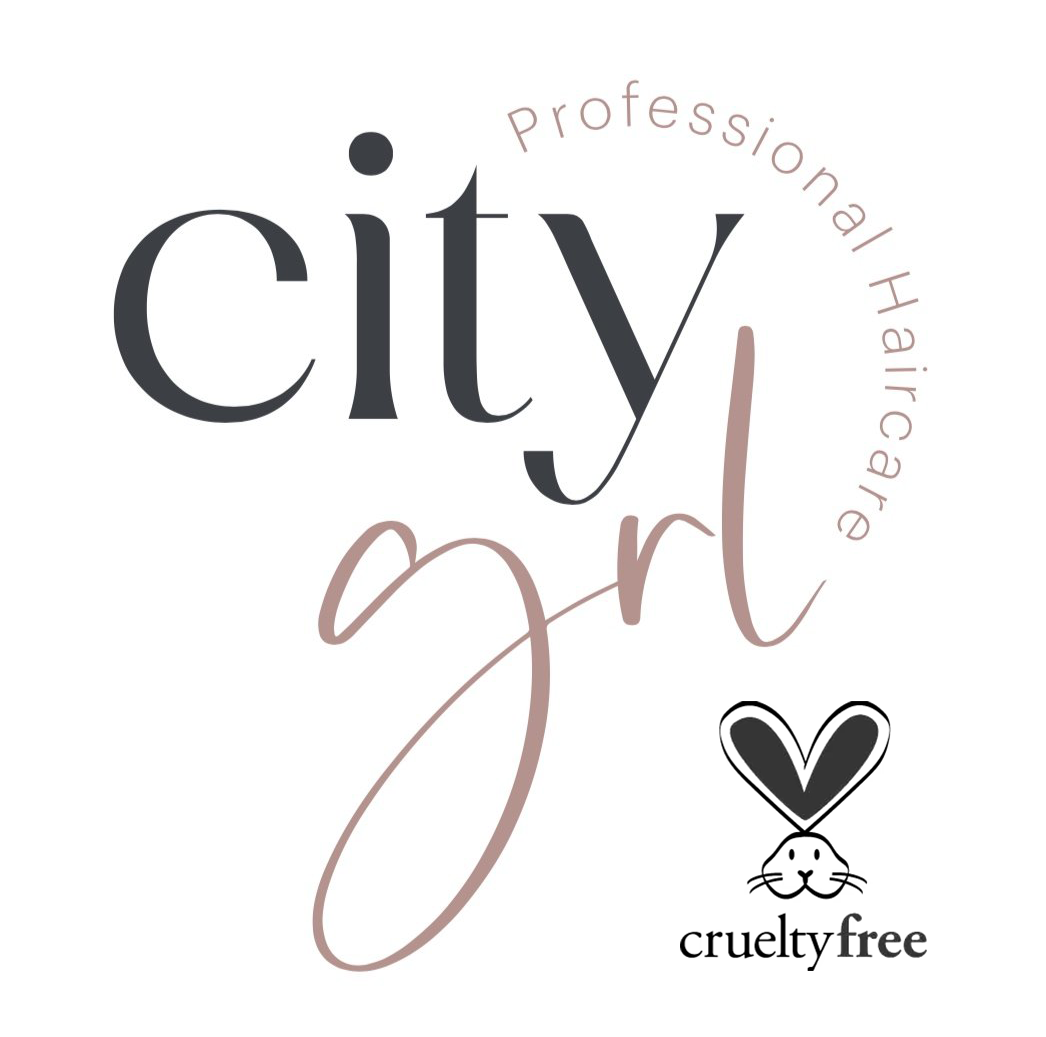Why does my stylist feel also like my therapist?
Lets be honest here, We all need someone to talk to. Does that someone always have to be a professional?
Hairstylists know way too much for their own good. Imagine your own hairstylist driving home at the end of the day, tired not only because she’s stood on her feet and exercised more muscles in the arms, hands, and fingers than a non-stylist could ever imagine, but also because she’s spent hours listening to her clients and providing advice about a wide range of emotional problems. Hairstylists are the go-to therapist for countless men and women, providing two services – a haircut and therapy – that everyone needs on a fairly regular basis.
First, reflect for a moment about the physical positions a stylist and client maintain during a hair-cutting session: they’re not facing each other. The client looks into the mirror and can see the reflection of the stylist standing behind, but it’s far less threatening than vistiing a professional who is charging you a lot more per hour in which the therapist sits across from the client and looks directly into the client’s eyes. In other words, the mirror creates the illusion of distance which makes the client feel more comfortable as he or she shares deeply personal details.
This makes the stylist seem less intrusive and more trustworthy. For Example…if a stylist asks into the mirror, “Why would you do that?!” it’s much less off-putting than if a therapist in a serious-looking office were to ask the same thing. Simply put, the physical positions at the salon put some clients at greater ease than the traditional therapist-client positioning in a therapy office provides. I firmly believe how you word the questions to your client is super important.
Second, the things that you client is telling you may be considered too deep and they dont want to get into a huge discussion with a therapist. At the salon, a client can share tawdry details but not have to worry that the stylist will hold them accountable and encourage them to change their negative behavior. In therapy, of course, the therapist feels the pressure to remove the negative behavior.
In most cases men and women both tend to share or overshare with their hairstylist. We appreciate it and sort of look forward to the indepth conversations we get to have each day. Some more detailed than others, but mainly we become your friends. Part of your familes.
While people want their therapists to be professional, stylists have the freedom to be serious and catty, or outrageous and sweet, in turns. If these professions were culinary dishes, the stylist would be spicy and aromatic, while the therapist would be healthful and low-calorie.
The ultimate goal is to make our clients feel welcome and secure.
Questions or ideas on how to better communicate with clients, let us know!


